
Basics Under the Bonnet
By Anna Jones at Eversure,
16th April 2024, 25 min read
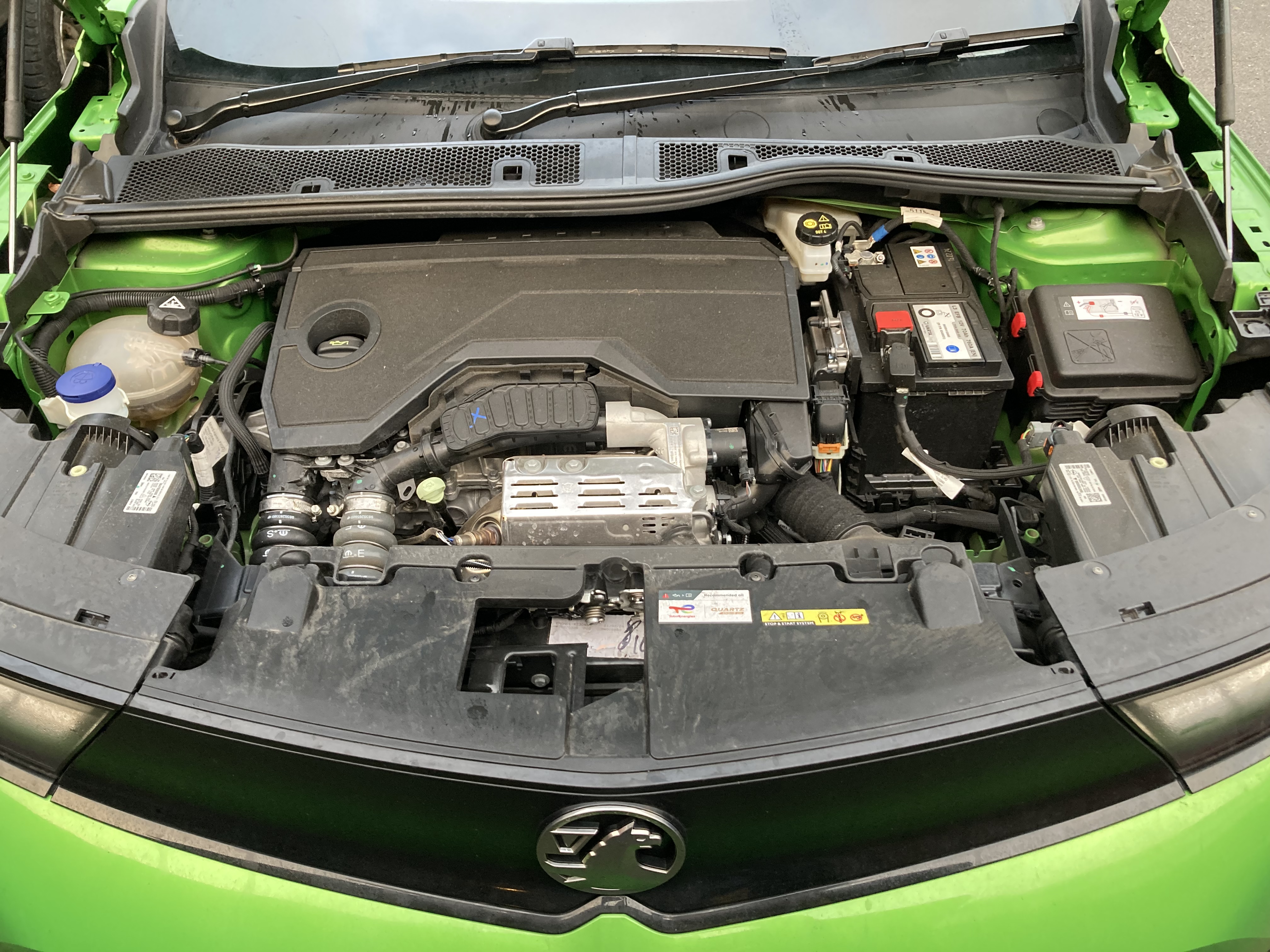
You don’t need to be an expert on the inner workings of your car to keep it running smoothly. However, it is helpful and important to know the basics. This will allow you to spot when something is not quite right.
The main areas you need to know about and keep an eye on are the oil reservoir, engine coolant, washer fluid and the battery and brake fluid reservoir. All of these elements are integral to keeping the car going.
It is good practice to check underneath your bonnet regularly so you can make sure all the internal mechanisms are working okay, and you can check if any fluids need topping up.
What type of engine does my car have?
To find out what engine your vehicle has, check your Vehicle Identification Number (VIN), likely located on a stamp on the bottom of your passenger side windscreen. It's a 17-character code including numbers and letters.
The eighth digit of the VIN number will tell you what their engine code number is. Alternatively, look in the owner’s manual.
Petrol and diesel-powered cars will have internal combustion engines, which this guide will talk you through, as well as electric cars. In electric vehicles, the power is stored in a battery. Hybrid cars are also a mix of an internal combustion engine (ICE) and an electric vehicle (EV).
Internal combustion engines use explosions to create the power needed to move vehicles. They have a lot of different parts, including cylinders, pistons, crankshafts and camshafts. These parts work together to create a controlled explosion that turns the wheels of vehicles.
Though internal combustion engines are still the most common type of engine in use today, they do have some drawbacks. They can be inefficient and produce emissions that are harmful to the environment, which is why there is a growing interest in alternative power sources such as electric and hybrid vehicles.
There is research being done at the moment on new internal combustion engines that are more efficient and produce fewer emissions. These new engines could help to reduce our reliance of fossil fuels and make transportation more environmentally friendly.
Cylinders and Pistons
At the core of a combustion engine lies a series of cylinders – chambers where the combustion process occurs. These cylinders are arranged in configurations such as inline, V-shaped or flat, depending on the engine design. Inside each cylinder, a piston – a cylindrical component – oscillates up and down.
The piston’s role is crucial. As it moves downwards, it compresses the air-fuel mixture within the cylinder, preparing it for ignition. When a spark ignites this mixture, the resulting explosion generates immense pressure, forcing the piston downward. This motion is then converted into rotational energy through the interaction of the piston with another essential component: the crankshaft.
The Crankshaft
The crankshaft is a critical component that transforms the piston’s reciprocating motion into smooth, rotational energy. This transformation is made possible through its collaboration with the connecting rod, which links the piston to the crankshaft. As the piston moves up and down, the connecting rod transmits this motion to the crankshaft, enabling the conversion process.
The crankshaft’s rotary motion is central to an engine’s purpose, driving vehicles forward and powering mechanical systems. Through a series of precise mechanisms, it converts the pistons’ oscillations into continuous circular motion. This rotational energy is harnessed to drive the wheels of vehicles or to perform other vital mechanical tasks.
Combustion Chamber and the Movement of Valves
In the combustion chamber, a mixture of air and fuel (either diesel or petrol) in specific proportions awaits ignition. In petrol engines, the spark plugs provide the critical spark to ignite the mixture. In diesel engines, compression alone generates the necessary heat to initiate combustion.
Two essential valves – the intake valve and the exhaust valve – regulate the flow of the air-fuel mixture and the removal of exhaust gases. During the intake stroke, the intake valve opens to allow the mixture to enter and fill the cylinder. Conversely, during the exhaust stroke, the exhaust valve opens to expel the burnt gases, thus clearing the way for the cycle to continue.
The Camshaft
Deep within the engine lies the camshaft: a crucial yet often overlooked component. This rotating shaft, equipped with precisely shaped lobes or cams, orchestrates the opening and closing of the intake and exhaust valves. Driven by the crankshaft through a timing belt or chain, the camshaft ensures that the valves operate in synchronisation with the engine’s rhythm, enabling seamless airflow and exhaust management.
Fuel and Ignition Systems
The fuel system is comprised of four key components: the fuel tank, fuel pump, injectors, and combustion chamber. The fuel tank stores the fuel, which the fuel pump delivers to the injectors. The injectors then spray the fuel into the combustion chamber, where the amount injected is carefully controlled to ensure efficient combustion.
Working alongside the fuel system is the ignition system, which includes the spark plugs, ignition coil, and distributor. Spark plugs ignite the air-fuel mixture within the combustion chamber. The ignition coil generates the high-voltage spark, whilst the distributor directs this spark to the appropriate spark plug, ensuring precise timing for optimal engine performance.
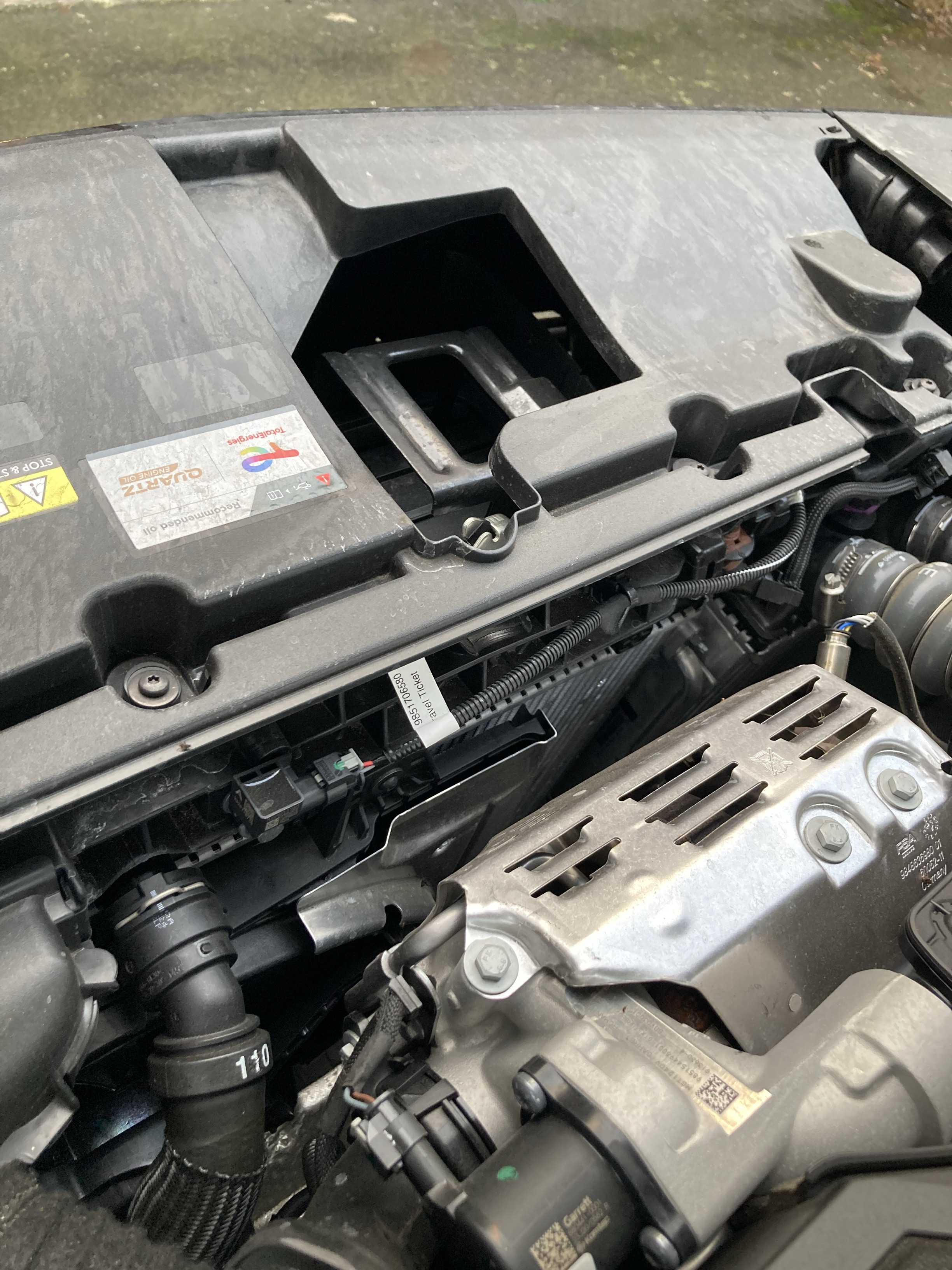
Lubrication and Cooling Systems
The lubrication and cooling systems are essential for ensuring the smooth operation of the internal combustion engine. The lubrication system minimises friction between the engine’s moving parts using oil, whilst the cooling system prevents overheating by circulating coolant. Without these systems, the engine would overheat and fail to function properly.
The lubrication system consists of three main components: the oil pan, oil filter and oil pump. The oil pan stores the engine oil, the oil filter removes impurities to maintain oil quality, and the oil pump circulates the oil throughout the engine. This circulation reduces friction and wear between moving parts, significantly extending the engine’s lifespan.
On the other hand, the cooling system includes a water pump, coolant, thermostat, and radiator. The water pump circulates coolant through the engine, where it absorbs heat. The thermostat regulates the flow of coolant to maintain optimal engine temperature, and the radiator dissipates the heat carried by the coolant, making sure the engine stays within a safe operating range.
Oil Reservoir
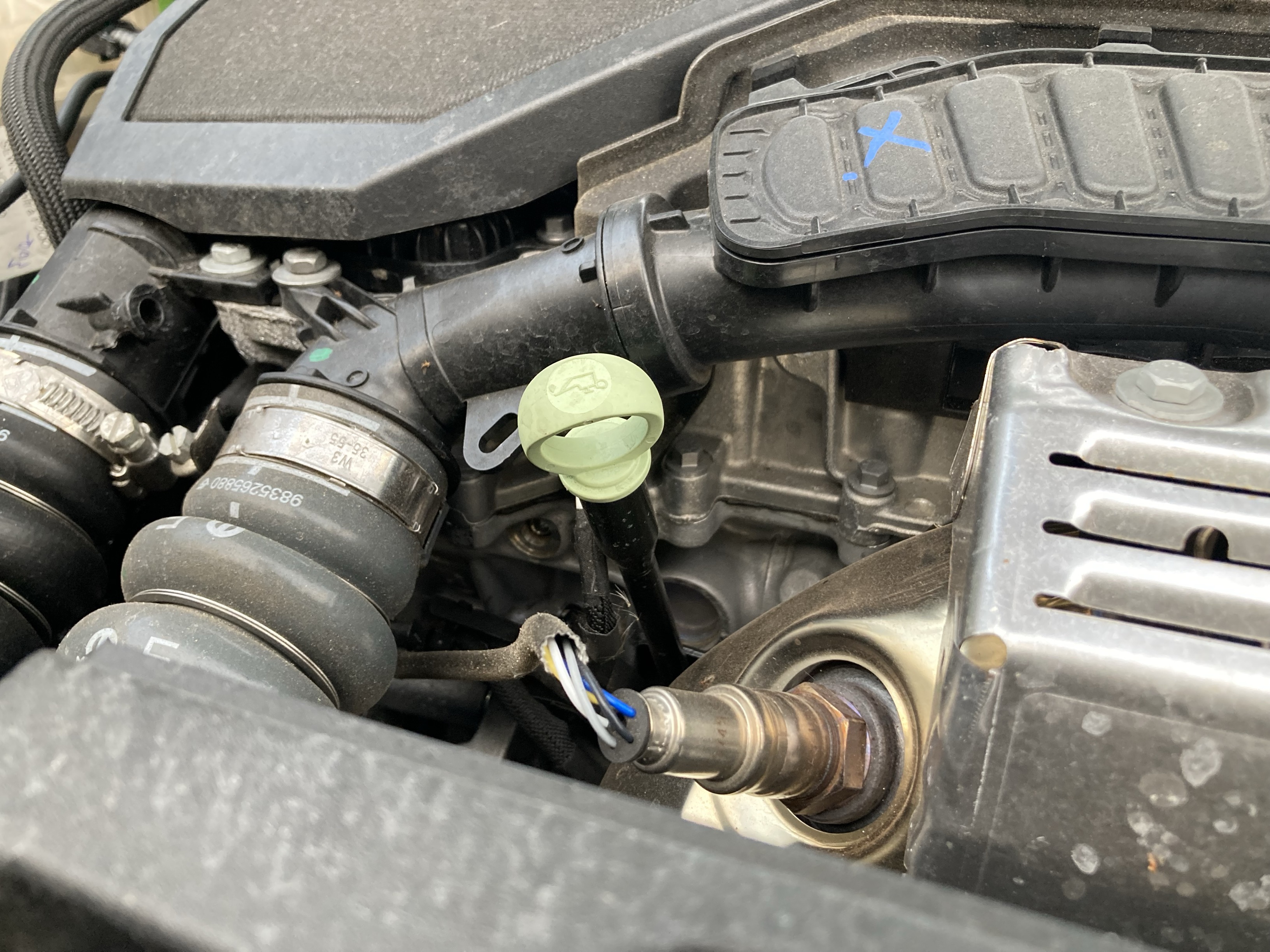
The oil reservoir is located on top of the engine. The cap will have the outline of an oil can on it.
Engine oil is crucial for petrol and diesel cars as it lubricates the engine’s moving parts to make sure they run both effectively and efficiently. It has purposes beyond lubrication, including:
- Cleaning
- Cooling
- Reducing friction
- Preventing corrosion
Low levels of oil can cause damage to the pistons and gears, so it is important to check the levels and top them up where necessary. Don’t wait for the warning light to come on before you refill it.
To check the oil level, first park on level ground to get an accurate oil reading and turn off the engine, making sure it is cold. The best time to check is before you use the car, but if you have just driven, wait 10 minutes before checking the oil level.
Open the bonnet and look for your dipstick; it is normally headed by a yellow ring. If you can’t find it, refer to your owner’s handbook. Remove the dipstick and wipe it clean with an old piece of cloth or a paper towel. Then, replace it. Pull it back out and check where the oil line is. On the stick itself, there should be maximum and minimum markings; if the oil streak is between these marks, then the level is fine. If the level is below halfway between the marks or close to, or even below, the minimum marks, then you should add some oil.
How do I top up my engine oil?
To top up your oil, find the oil filler cap in your engine bay. It should have the word ‘oil’ written on it or an outline of an oil can. Before you top it up, make sure you know exactly which oil your car needs as using the wrong oil can damage your engine. It is important to use oil that meets the technical specifications (ACEA, API, VW etc) as well as being the right grade (the numbers separated by a ‘w’, such as 5w30).
- Remove the cap and carefully pour your oil in using a funnel.
- The difference between the minimum and maximum notches on a dipstick is around a litre of oil so if the level is on or below the minimum when you checked it, you will need to pour in about 1 litre.
- Add a little at a time if you are unsure about how much you’ll need.
- Wait a few minutes to allow the oil to run down into the bottom of the engine and then recheck the level on the dipstick.
Please note: having too much oil in your car is just as bad as having too little, so make sure you don’t overfill.
Manufacturers recommend you change your oil every 12 months or every 9,000 miles, whichever comes first. However, it is worth checking the levels every few months; don’t wait for the warning sign to come up.
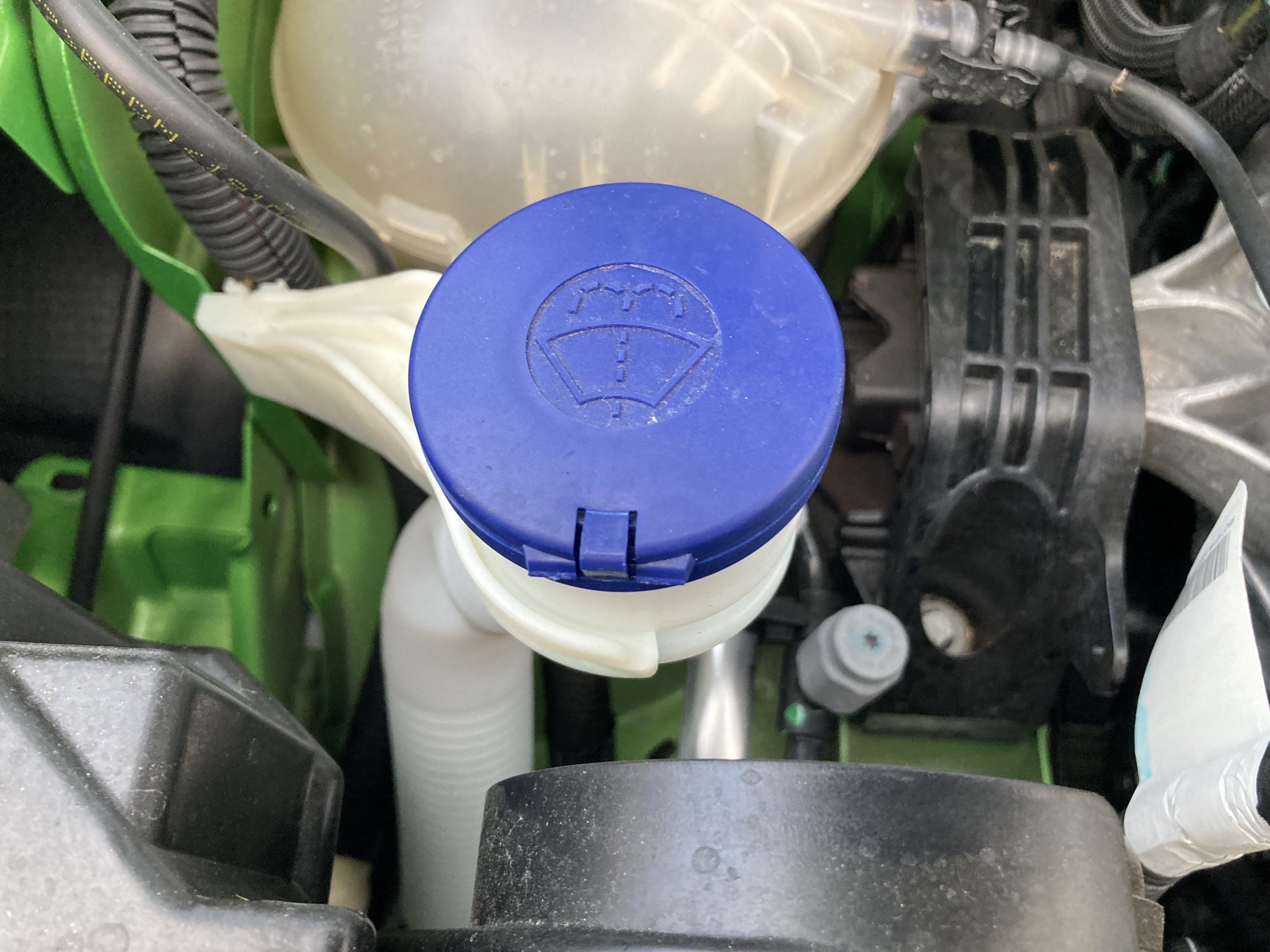
Windscreen Washer Fluid
Windscreen washer fluid, or screen wash, helps to clear the front and rear screens of dirt, aiding your visibility as you drive so keeping this topped up is important. Making sure the reservoir is never empty will also help to extend the lifespan of your wiper blades.
The washer fluid is kept in the windscreen washer fluid reservoir and should be easily identifiable by the icon on the reservoir’s cap, an icon depicting a windscreen and spraying water. In some modern cars, the reservoir is hidden and only the cap is visible. Usually, the reservoir is located to the left or right-hand side of the engine bay, on the inside of either of the front wings. Do not confuse the windscreen washer fluid with the coolant. The coolant cap will be screwed on and will display a danger warning symbol. The windscreen washer cap pulls off and on.
The reservoir does not tend to have maximum and minimum markings, so to check if you have enough fluid, simply open the lid and check the levels. If it is not full, top it up immediately.
How do I top up the windscreen washer fluid?
To top up our windscreen washer fluid, first open up your car bonnet. Locate the reservoir and remove the cap. Double-check you have the right reservoir by referring to your vehicle handbook. Using a funnel for ease, add more screen wash until the reservoir is full. Place the cap back on the reservoir to seal it.
Why should I use windscreen washer fluid over water?
Using screenwash over water important as it:
- Prevents freezing in winter months
- Clears grime and insects
- Contains a special anti-smear formula
- Soothes wiper blade action, preventing wear and tear
- Keeps washer jets clear with the added water softener in the solution
Never use washing up liquid as a replacement as it contains salt which could damage the paintwork.
Engine Coolant
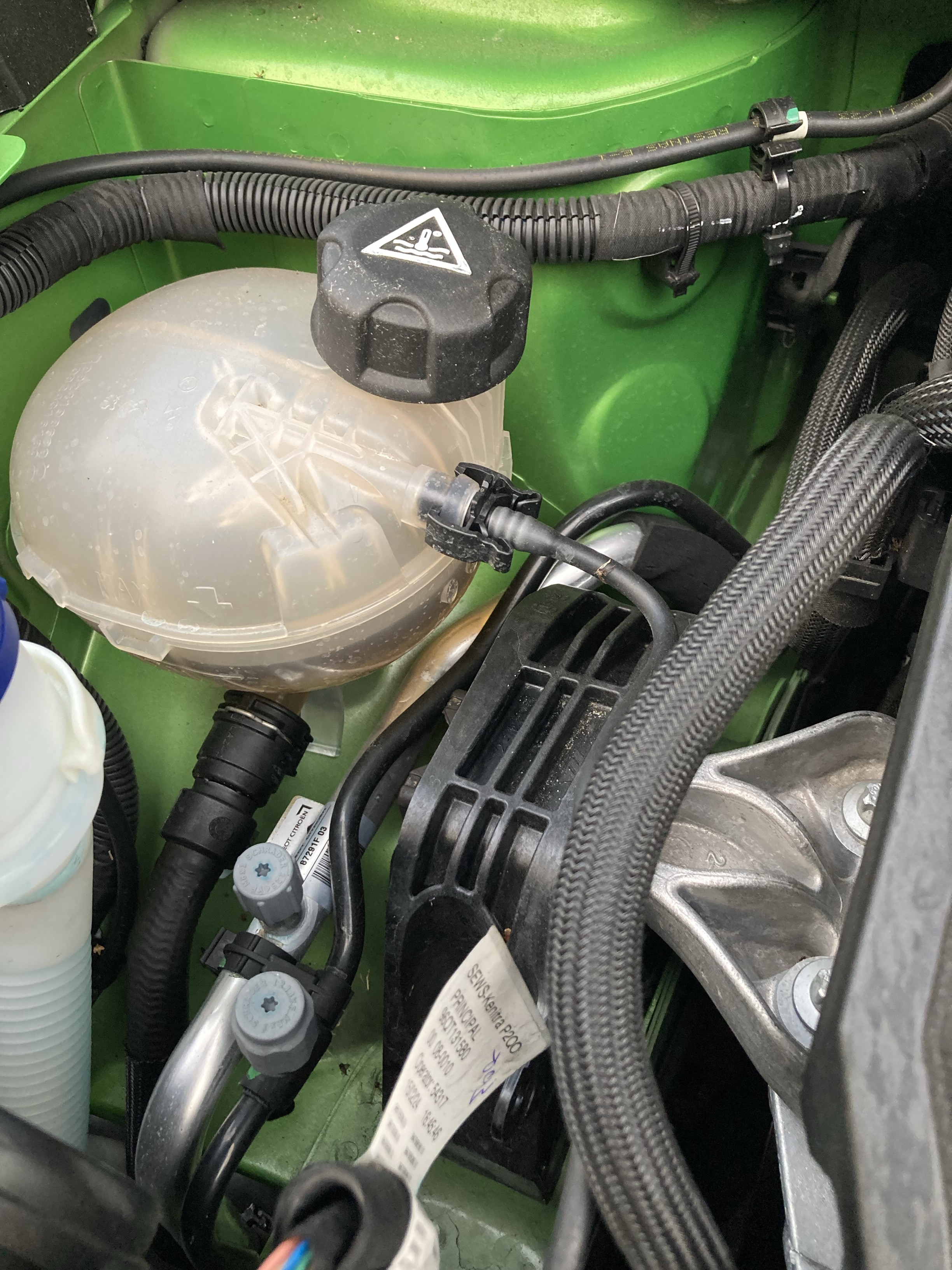
Engine coolant is a mixture of water and antifreeze that helps prevent your engine from overheating and other internal elements from deforming. Coolant has important properties like a lower freezing point for better winter protection and a higher boiling point for better protection in summer. It also prevents corrosion and the subsequent failure of internal engine components. An engine performing at the optimum temperature is more efficient, resulting in better miles per gallon (MPG) and lower fuel costs.
The engine coolant is stored in a clear reservoir positioned close to the engine block. It usually contains a brightly coloured fluid. There will be minimum and maximum markings that the coolant liquid should be sitting between. This container is also referred to as the header or overflow tank, therefore the level should be at the max markings. If it's below or approaching the minimum lines, it will need topping up.
In most modern cars, the coolant is poured into an expansion container and not directly onto the radiator. This plastic expansion container is usually placed on one side of the engine and should have a warning symbol on the cap. If in doubt, check the owner’s manual for the exact location.
You must check the condition of the coolant over time it loses its effectiveness at protecting the engine. If the coolant is a brownish rusty colour, it needs replacing.
When measuring the condition and protection level of coolant, use a coolant tester to ensure accuracy. Remember to only check the coolant level when the engine is cold.
When it comes to topping up your car’s coolant, the correct mix of coolant and water depends on the time of year and outside temperature. In extreme temperatures, hot or cold, less water should be used. Most car manufacturers recommend a premix of 50% coolant and 50% water, as this will cope with most weather conditions.
Remove the cap and expansion tank and fill it up to the maximum level, use a funnel if necessary and try not to overfill. Replace the cap firmly. Do not use water to top up the engine coolant.
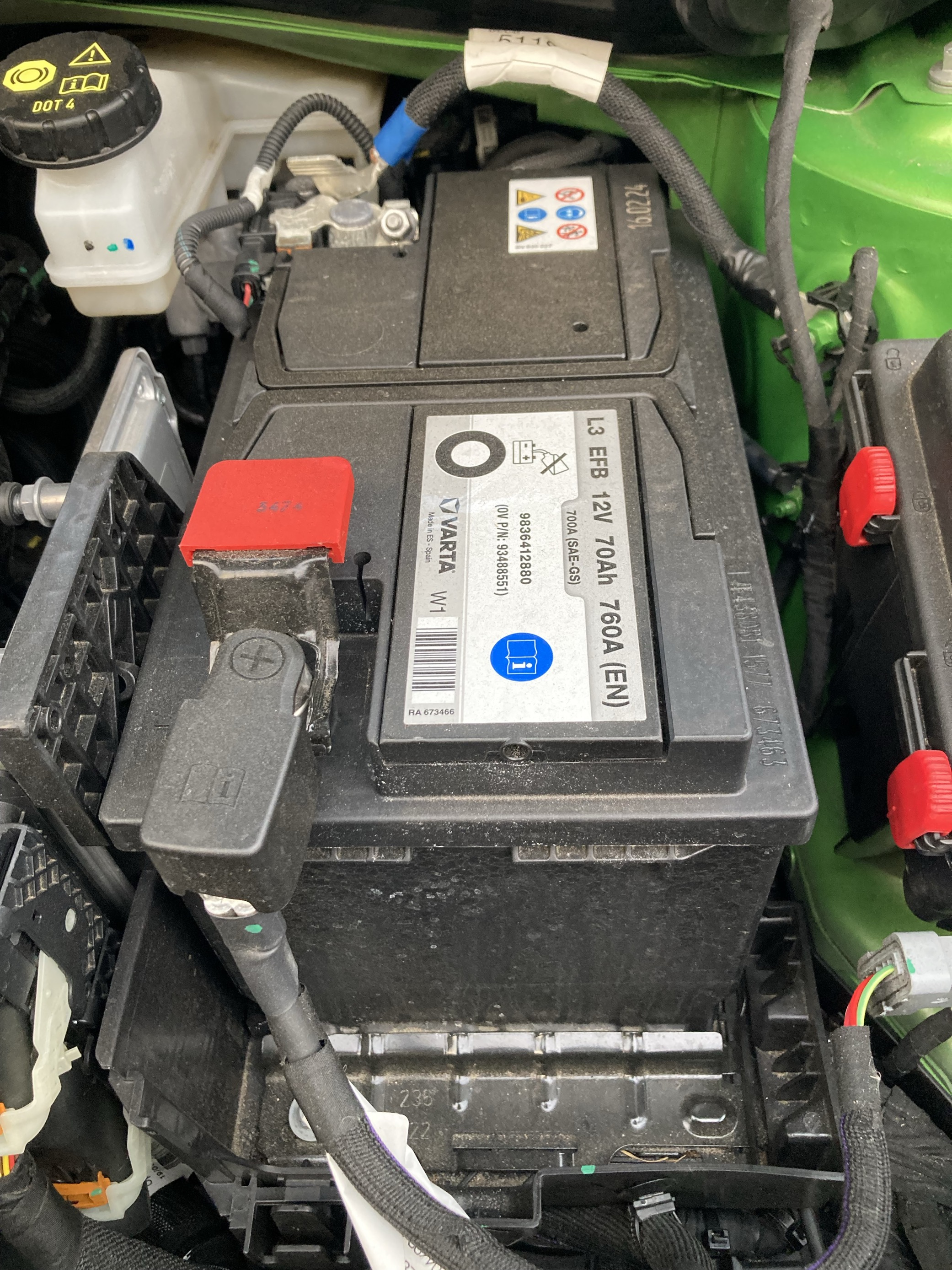
Battery
The battery gives the car its electrical power and is a critical component of the car’s electrical system. It stores electrical energy and provides power to the starter motor, which turns the engine on when you start your car. This process means the battery drains quickly and then recharges as the engine runs. If you make short but frequent journeys, then your battery may not have enough time to recharge. This can lead to a flat battery.
When your engine is off, the battery also powers the car’s lights, radio, and other electrical components. In this state, the battery cannot recharge. This is why forgetting to turn your lights off when you’ve parked up could lead to a flat battery.
It's good practice to keep an eye on your car battery. Over time, grime can build up, leading to corrosion and even acid leaking from your battery. To maintain the lifespan of your battery, it is important to keep on top of inspecting and cleaning the terminals.
How do I know if my battery has corroded?
It depends on the state of the corrosion you have come across. Corrosion typically looks like a flaky layer of brown, white or green discolouration.
You can clean off corrosion quite easily, but please note that you should never clean the battery of an electric car as this is highly dangerous.
How do I clean the battery of my car?
First, mix a heaped teaspoon of baking soda into a pint of water to create an effective at-home cleaning solution. Dip a toothbrush into this solution and begin to scrub the battery terminals and around the base of the posts, one at a time. Be careful when applying the solution so you don’t spill it over other components. Pat them dry with a clean, dry cloth.
This is an initial clean you need to do before you remove the terminals:
- Remove the negative post marked with a minus symbol and coloured black. Then remove the positive post marked with a plus symbol and coloured red – it is important they are done in this order.
- Take a battery brush or an old toothbrush and clean the inside of the terminal with the battery cleaning solution. Rotate the brush back and forth to remove as much corrosion and grime as possible.
- Clean the outside of the posts that were previously covered by the terminals. Make sure they are uniformly shiny.
- Using a rag with your cleaning solution, wipe the top of the battery, as they are often dirty. It is a good idea to give the battery a rinse by using a damp cloth to wipe it down.
- Before reattaching the terminals, apply some petroleum jelly to the terminals for lubrication and to prevent further corrosion.
- Put the terminals back onto the posts, starting with the positive and then the negative.
By making sure there isn’t any corrosion on the elements, you will safeguard against any potential faults from the battery.
Alternator
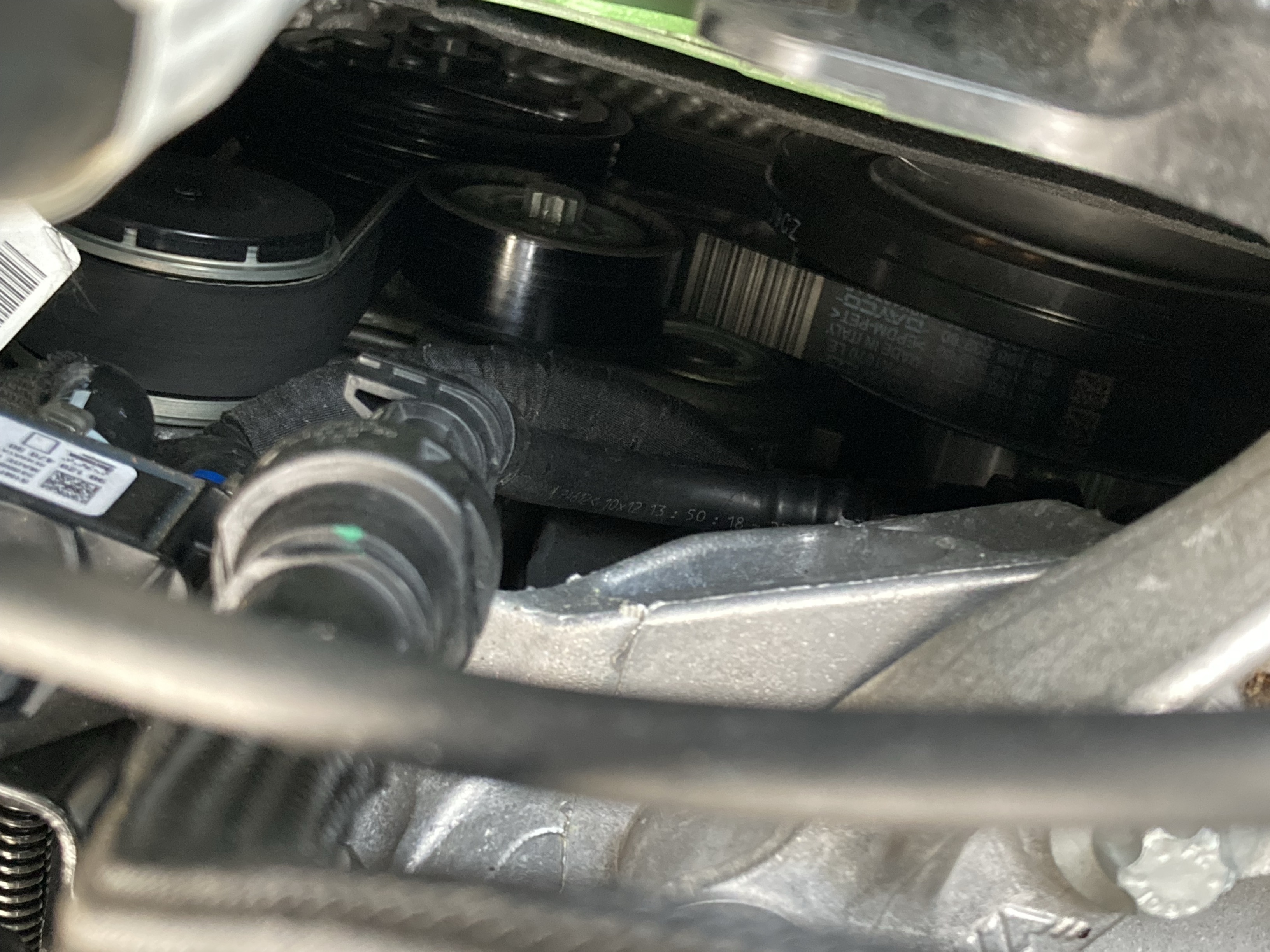
The alternator works in conjunction with the battery to supply electrical power throughout your vehicle. Acting as your car’s generator, it converts mechanical energy into electrical energy. The battery provides the initial source of power, whilst the alternator ensures it remains charged. If you’ve ever experienced trouble starting your car but found it ran fine after a jump start or a push, this is likely because the alternator is still working – it helps your battery limp along until it is replaced. However, if the alternator is faulty, it can prevent the battery from storing energy, which may require both the alternator and the battery to be replaced.
The alternator appears as a small cylindrical generator and is bolted securely to the engine. Along with the battery and voltage regulator, the alternator forms a crucial part of the vehicle’s electrical charging system.
The alternator generates electricity to be stored in the car’s battery by harnessing mechanical power from a drive or serpentine belt, which is connected to the engine’s crankshaft pulley (the pulley and auxillary belt is shown in the picture). This mechanical energy is then converted into electricity.
When you're driving, the alternator powers many of the car’s essential electronic components, including headlights, power windows, electric steering, windshield wipers, heated seats, dashboard instruments, and the radio. It provides them all with direct current (DC) power. Additionally, the alternator is responsible for keeping the car's battery charged while you drive.
Power Steering Fluid
Power steering fluid is a crucial component of your car’s power steering system, helping to make turning the wheel easier and more responsive. Over time, the fluid level can drop, requiring you to top it up to ensure your car runs smoothly.
The power steering fluid reservoir is located near the front of the engine and may be labelled ‘power steering fluid’ or ‘PS fluid’. The reservoir may have a cap with a dipstick on it, or it may have a clear plastic window to check the fluid level. Confusing the power steering and brake fluid reservoirs would be a costly mistake, so if you are not sure which reservoir is which, check the owner’s manual for identification and the exact location of each of them.
On most modern cars, the reservoir for the power steering fluid is made from transparent plastic that enables you to view the level and condition without removing the lid.
To check the power steering fluid levels, first clean the lid and the outside of the reservoir and check the level with the markings on the reservoir. Make sure the level is in between the minimum and maximum markings. If it is close to the minimum line, then top it up.
How do I top up the power steering fluid?
To top up the power steering fluid, you will need a cloth, a container of new fluid and optionally a funnel. Always check that you are using the recommended fluid and if in doubt, check the owner’s manual.
Use a cloth to clean the lid and reservoir thoroughly to prevent any dirt from contaminating the fluid. Unscrew the lid, making sure no dirt gets into the opening and pour the fluid in so it sits just below the appropriate maximum markings, depending on if the engine is hot or cold. Be careful not to overfill, as this can cause damage to the power steering system. Screw the lid back on and wipe any excess fluid with a rag.
On older cars, there is a dipstick attached to the lid that is used to measure the levels. If you must remove the lid, make sure no dirt make sure no dirt gets into the opening. If you need to use the dipstick, unscrew the lid and wipe the dipstick clean. Reinsert the dipstick by replacing the lid and turning it clockwise. Then unscrew the lid again and hold it horizontally to read the dipstick. Be sure to use the correct maximum level.
You also need to check what condition the power steering fluid is in, as over time it changes in colour. Normal power steering fluid colour is raspberry red, green or light gold. If the fluid is a darker brown or even black colour, then you need your power steering system flushed with fresh fluid by a mechanic as soon as possible.
You may notice a marking with the word ‘cold’. Power steering fluid expands when the engine becomes hot, and therefore there are two maximum markings:
- Cold is the maximum level for when the fluid is cold
- Max marking is the maximum level for when the fluid is hot

Brake Fluid
Brake fluid plays an important safety role as it brings your car to a stop when you apply pressure to the brake. Without the correct level of brake fluid, your brakes will be compromised. As a result, it is important that your brake fluid is at the right level.
The brake fluid reservoir is usually located on the driver’s side towards the back of the engine. On most modern cars, the reservoir is made from a transparent plastic that enables you to check the level and conditions without taking off the lid.
Some cars have a standard brake fluid symbol or the words ‘brake fluid’ printed on the lid. It may also have the instructions on the required fluid. On some cars, the brake and clutch fluid are the same, sharing the same reservoir. If in doubt, check the owner’s manual for the exact location and instructions.
Brake fluid is in a similar looking container to the power steering fluid but the cap on the brake fluid compartment has a hexagonal logo, a yellow ‘book’ and a warning symbol on it.
You will need to check that the fluid is a golden colour as this indicates that it is healthy. Over time brake fluid can become contaminated and turn a brown colour. This is a sign that its effectiveness has been reduced.
On modern cars, you can check the side of the reservoir for minimum and maximum markings and the level should be between them. If the fluid is below the minimum, it will need topping up.
If the fluid appears either stale or low, you will need to contact a mechanic as changing the brake fluid is a messy and time-consuming job that requires professional training. If you find yourself needing your brake fluid refilled regularly, you may need to ask the mechanic to check the braking system for any leaks. Generally, you should change your brake fluid every two years, or every 24,000 miles, whichever comes first.
Transmission
The transmission is the second biggest component under your vehicle’s hood, after the engine. It is usually located behind the engine, underneath other components. In both automatic and manual transmission vehicles, this element shifts the gears.
What is Under the Bonnet of Electric (EV) Cars?
What is under the bonnet of an electric car depends on the car. Electric vehicles tend to have large batteries under the floorboards that run much of the length and width of the car. These provide power to an extremely simple electric motor: permanent magnets stuck to a shaft, which rotates, inside a casing with electromagnets, which are fixed.
The computer controls the energisation of these electromagnets in a sequence that pulls and pushes the permanent magnets around, creating torque.
The shaft of the electric motor is attached to a reduction gear, which in turn powers a simple differential, which makes the wheels go around. There is no transmission. If you want to reverse, you put it in reverse – this tells the computer to spin the motor the other way around.
Under the hood is equipment for charging and controlling the battery, which may accept up to 400V (or 800V on some newer EVs).
The brakes are normal, so there is a brake-fluid reservoir under the hood. However brakes are hardly used, you slow down mostly by turning the motor into a generator, which recharges the battery. This is controlled by the driver stepping on the brake pedal so it feels like it brakes like a regular car.
Another thing more complex on an EV car is the heat. Internal combustion cars have a huge problem with waste heat that requires complex cooling systems. In the winter, if you want heat, there is a lot of free heat to tap into, this isn’t the case in an EV. This means that you need a heat pump or a resistive heater, to heat the cabin.
Electric motors are usually quieter than regular engines and, in addition to being quieter, the electric motor is smaller. In an EV, the motor is part generator. The motor can save energy in the battery whilst the car is in neutral. A traditional engine needs the car to be actively running to store energy.
EV Battery
Compared to petrol or diesel powered vehicles, the battery in an electric vehicle is much bigger. It works with a higher voltage than a battery in an internal combustion engine and holds more power than a regular car. This is because the battery has to power not just some electrical components in your vehicle, but the electric motor as well.
The battery of an EV determines the distance it can travel on one charge, and the life of the battery is affected by factors such as daily use, frequency of changes, and size of the battery in the first place.
Final Thoughts
Checks under your car bonnet should be carried out on a regular basis to ensure your car is running at its best. Whether you have a combustion engine or an electric car, understanding what is happening under the bonnet can help you stay ahead of potential issues.
For an additional layer of protection, take out our breakdown insurance, with options from annual UK cover to single trip European cover. After completing your comprehensive checks under the bonnet, you'll have peace of mind knowing that you have support should you break down.